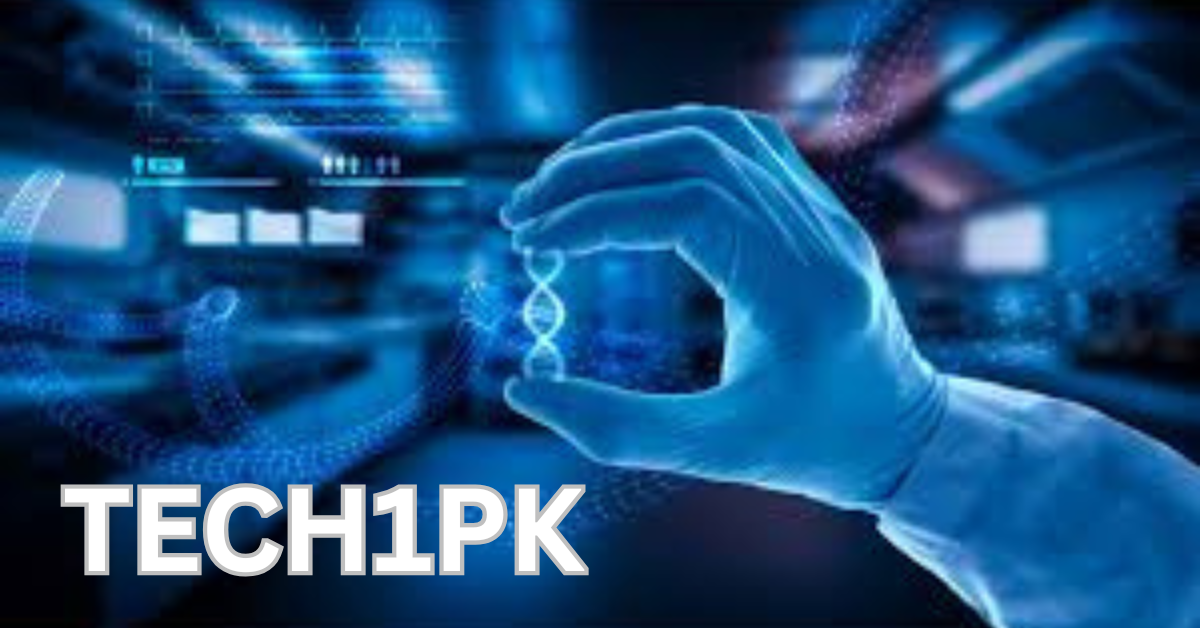Nanotechnology, the science of manipulating matter at the atomic and molecular scale, is revolutionizing numerous industries, including information technology (IT). By operating at the nanoscale—typically between 1 and 100 nanometers—scientists and engineers can create smaller, faster, and more efficient devices that were previously unimaginable. When combined with IT, nanotechnology has the potential to transform computing, data storage, healthcare, electronics, and environmental monitoring, ushering in an era of unprecedented technological advancement.
This article explores the intersection of nanotechnology and IT, applications, breakthroughs, benefits, challenges, and the future of “tiny tech” making a big impact.
Understanding Nanotechnology
Nanotechnology involves engineering materials and devices at the scale of atoms and molecules, where unique physical, chemical, and electrical properties emerge. At this scale:
-
Materials can become stronger, lighter, and more conductive.
-
Quantum effects can be exploited to improve computation and sensing.
-
Surface-to-volume ratios increase, enhancing reactivity and efficiency in sensors and devices.
Key Principles
-
Miniaturization – Shrinking device components to nanometer dimensions increases speed and energy efficiency.
-
Quantum Effects – Quantum phenomena like tunneling and superposition can be harnessed for advanced computing.
-
Surface Engineering – Enhanced surfaces improve sensor sensitivity, energy storage, and catalytic activity.
Applications of Nanotechnology in IT
Nanotechnology is rapidly shaping IT by enabling smaller, faster, and smarter systems.
1. Nanoelectronics and Computing
-
Transistors, the building blocks of processors, are being reduced to single-digit nanometer sizes.
-
Nanoscale semiconductors increase processing power while reducing energy consumption.
-
Example: Intel and TSMC are manufacturing 3nm and 2nm chips, improving performance and efficiency.
2. Data Storage
-
Nanotechnology enables high-density memory devices, such as 3D NAND flash and memristors.
-
DNA-based data storage is emerging as a revolutionary solution for massive data archiving.
-
Example: IBM has demonstrated storing petabytes of data in microscopic volumes of DNA.
3. Quantum Computing
-
Quantum dots and nanoscale superconductors are essential for stable qubits in quantum computers.
-
Nanotechnology reduces decoherence and increases quantum gate fidelity.
-
Future IT systems could achieve unprecedented computational power for AI, simulations, and cryptography.
4. Sensors and IoT Devices
-
Nanosensors detect chemical, physical, and biological signals with high sensitivity.
-
Applications include environmental monitoring, smart cities, and wearable health devices.
-
Nanoscale sensors reduce power consumption and size, making IoT devices more efficient.
5. Flexible and Wearable Electronics
-
Nanomaterials like graphene and carbon nanotubes enable flexible circuits and displays.
-
Wearable IT devices can integrate health monitoring, communication, and computing in a lightweight form factor.
Graph: Nanotechnology Impact on IT Sectors

(Illustrates major IT sectors benefiting from nanotechnology.)
Benefits of Nanotechnology in IT
-
Increased Computational Power
-
Smaller transistors and quantum devices enable faster processing with less energy.
-
Miniaturization and Portability
-
Devices are smaller, lighter, and more portable, expanding the usability of IT hardware.
-
Enhanced Data Storage
-
Nanotech allows storing massive amounts of information in minuscule physical spaces.
-
Energy Efficiency
-
Reduced size and improved materials lower power consumption in computing and IoT devices.
-
New Applications and Innovation
-
Nanotech unlocks novel capabilities, including flexible electronics, biosensors, and quantum computing.
Challenges in Nanotechnology and IT Integration
-
Manufacturing Complexity
-
Fabricating nanoscale devices requires precise techniques like electron-beam lithography.
-
Cost of Production
-
High-precision equipment and materials increase initial costs for nano-IT products.
-
Quantum and Material Limitations
-
At nanoscale, quantum tunneling and heat dissipation become critical challenges.
-
Safety and Environmental Concerns
-
Nanomaterials may pose toxicity risks or environmental hazards if not properly managed.
-
Standardization and Scalability
-
Ensuring mass production and interoperability of nanoscale devices remains a technical hurdle.
Case Studies
1. Intel and TSMC Advanced Semiconductor Chips
-
3nm and 2nm process nodes reduce transistor size while increasing processing speed and energy efficiency.
2. IBM DNA Data Storage
-
Demonstrated storage of petabytes of data in a few grams of DNA, illustrating nanoscale storage potential.
3. Graphene-Based Flexible Electronics
-
Graphene and carbon nanotube circuits enable flexible, lightweight wearables and foldable devices.
4. Quantum Dot Qubits
-
Nanoscale quantum dots are used in experimental quantum computers, promising high-fidelity quantum processing.
Future Trends
-
Nano-Enabled AI Processors
-
Chips optimized with nanomaterials and architecture for faster and more efficient AI computations.
-
Brain-Inspired Computing
-
Nanotechnology will enable neuromorphic chips that mimic human brain functions for advanced AI.
-
Integration with IoT and Smart Systems
-
Nanosensors and low-power chips will power next-gen smart cities, industrial IoT, and environmental monitoring.
-
Personalized Medicine and Nanobiosensors
-
Nano-IT devices could monitor health biomarkers in real-time, supporting telemedicine and predictive healthcare.
-
Sustainable Nanotechnology
-
Focus on eco-friendly production, recyclable materials, and energy-efficient nanodevices.
Conclusion
Nanotechnology is transforming IT by enabling smaller, faster, and smarter devices with unprecedented capabilities. From nanoelectronics and quantum computing to wearable devices and IoT sensors, the integration of nanotech and IT is creating a future where technology is more efficient, personalized, and connected.
Despite challenges in manufacturing, cost, and safety, continued innovation promises a world where tiny technologies have a big impact, reshaping industries, healthcare, communication, and computing.
As nanotechnology advances, IT systems will become more powerful, energy-efficient, and capable, driving a new era of digital transformation that bridges the gap between science fiction and reality.